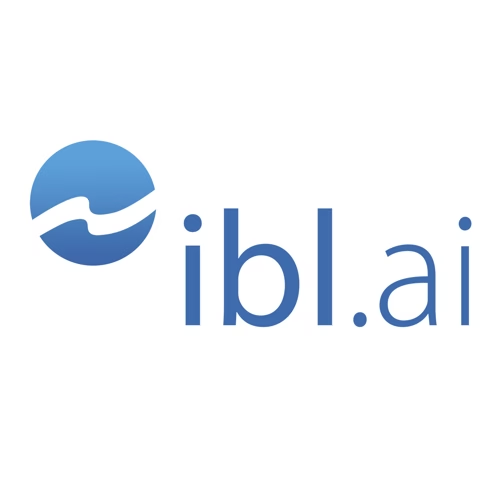
North-West University: Exploring AI-Driven Conversations as Dynamic OER for Self-Directed Learners
Summary of https://conference.pixel-online.net/files/foe/ed0015/FP/8250-ESOC7276-FP-FOE15.pdf
This conceptual paper explores the potential of AI-driven conversations, such as those from ChatGPT, to function as dynamic Open Educational Resources (OER) that support self-directed learning (SDL).
Unlike traditional, static resources, AI-powered dialogues offer personalized, interactive, and adaptive experiences that align with learners' needs. The paper argues that these tools can nurture key SDL competencies while acknowledging ethical, pedagogical, and technical considerations.
Ultimately, the authors propose that thoughtfully designed AI-driven OER can empower learners and teachers and contribute to a more inclusive and responsive future for open education.
- AI-driven conversations can act as dynamic OER to support SDL. AI-driven conversations, such as those facilitated by ChatGPT, have the potential to function as dynamic Open Educational Resources (OER). Unlike traditional static resources, these dialogues offer personalised, interactive, and adaptive experiences that align with learners' unique needs and goals. This dynamic capability contrasts with static OER.
- AI supports core principles and competencies of Self-Directed Learning (SDL). AI-driven conversations and generative AI tools can nurture key SDL competencies such as goal setting, self-monitoring, and reflective practice. They support learner autonomy, responsibility, self-motivation, and empower students to take initiative, plan, and manage their learning processes. AI also enhances online collaboration, creativity, problem-solving, and communication skills, which align with SDL characteristics.
- AI integration can enhance Open Educational Practices (OEP) and improve access and inclusivity.Integrating AI into OEP holds the potential to address long-standing challenges in open education, such as learner engagement, the wider reach and adaptability of resources, and inclusive access. AI supports the creation of diverse and inclusive learning resources, facilitating multilingual and culturally relevant content generation. This integration aligns with the values of access, equity, and transparency that underpin open education.
- Significant challenges exist in integrating AI into open education. Key challenges include legal and ethical concerns related to copyright, data privacy, and potential biases in AI outputs. There are also technical limitationsdue to fragmented OER infrastructure and a critical need for teacher preparedness and AI literacy, as many educators lack the foundational knowledge and confidence to use AI technologies effectively.
- Successful integration requires thoughtful planning, policy, and professional development. To effectively realise the potential of AI-driven OER for SDL within OEP, it requires thoughtful design, robust infrastructure, inclusive policies, and sustained professional development for teachers. Recommendations include developing ethical guidelines, investing in compatible OER infrastructure, promoting inclusive AI design, providing professional development focused on both AI literacy and SDL skills for teachers, and encouraging ongoing research.